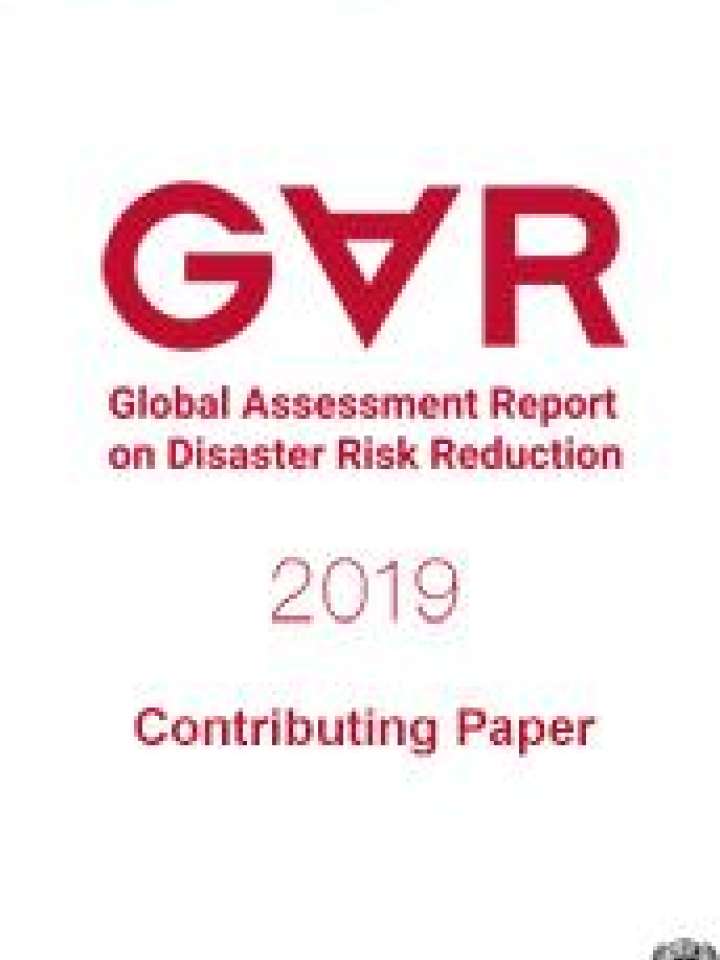Disaster risk reduction: Why do we need accurate disaster mortality data to strengthen policy and practice?
The Sendai Framework for Disaster Risk Reduction's first global target is to “substantially reduce global disaster mortality by 2030, aiming to lower the average per 100 000 global mortality rate in the decade 2020–2030 compared to the period 2005–2015”. To measure success against meeting this target, mortality needs to be accurately quantified and interpreted, and is dependent upon valid, timely, ethically collected, standardised data. Key data sources include vital registration statistics, surveillance systems, and household surveys. Disaster mortality can then be estimated by counting relevant deaths or statistically inferred, for example by estimating the number of deaths during a defined period using excess mortality methodology.
However, measuring mortality is challenging. First, determining which deaths are relevant and comprehensively attributable to disasters is complex. Secondly, data availability is not uniform across the world. These issues need to be addressed, and guidance issued, to ensure global progress in achieving the outcomes and goals of the Sendai Framework. The primary aim of this paper will be to provide detail around some of the complexities involved with measuring disaster mortality, and will use practical case studies to demonstrate the clear need for accurate disaster mortality data. The paper illustrates how this informs policy and ultimately strengthens disaster risk reduction in countries for all citizens
This paper is a contribution to the 2019 edition of the Global Assessment Report on Disaster Risk Reduction (GAR 2019).
To cite this paper:
Saulnier, D.D. et al.. Disaster risk reduction: Why do we need accurate disaster mortality data to strengthen policy and practice?. Contributing Paper to GAR 2019
